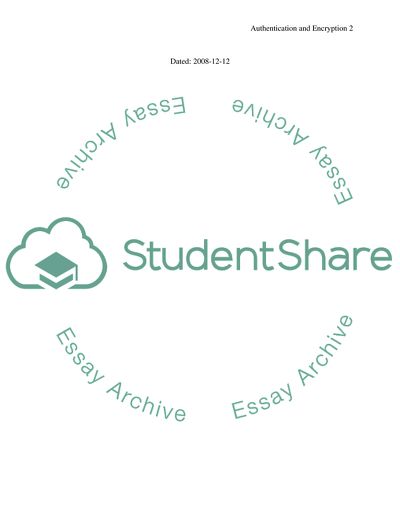Cite this document
(Security through Authentication and Encryption Coursework, n.d.)
Security through Authentication and Encryption Coursework. Retrieved from https://studentshare.org/technology/1550487-security-through-authentication-and-encryption
Security through Authentication and Encryption Coursework. Retrieved from https://studentshare.org/technology/1550487-security-through-authentication-and-encryption
(Security through Authentication and Encryption Coursework)
Security through Authentication and Encryption Coursework. https://studentshare.org/technology/1550487-security-through-authentication-and-encryption.
Security through Authentication and Encryption Coursework. https://studentshare.org/technology/1550487-security-through-authentication-and-encryption.
“Security through Authentication and Encryption Coursework”, n.d. https://studentshare.org/technology/1550487-security-through-authentication-and-encryption.


